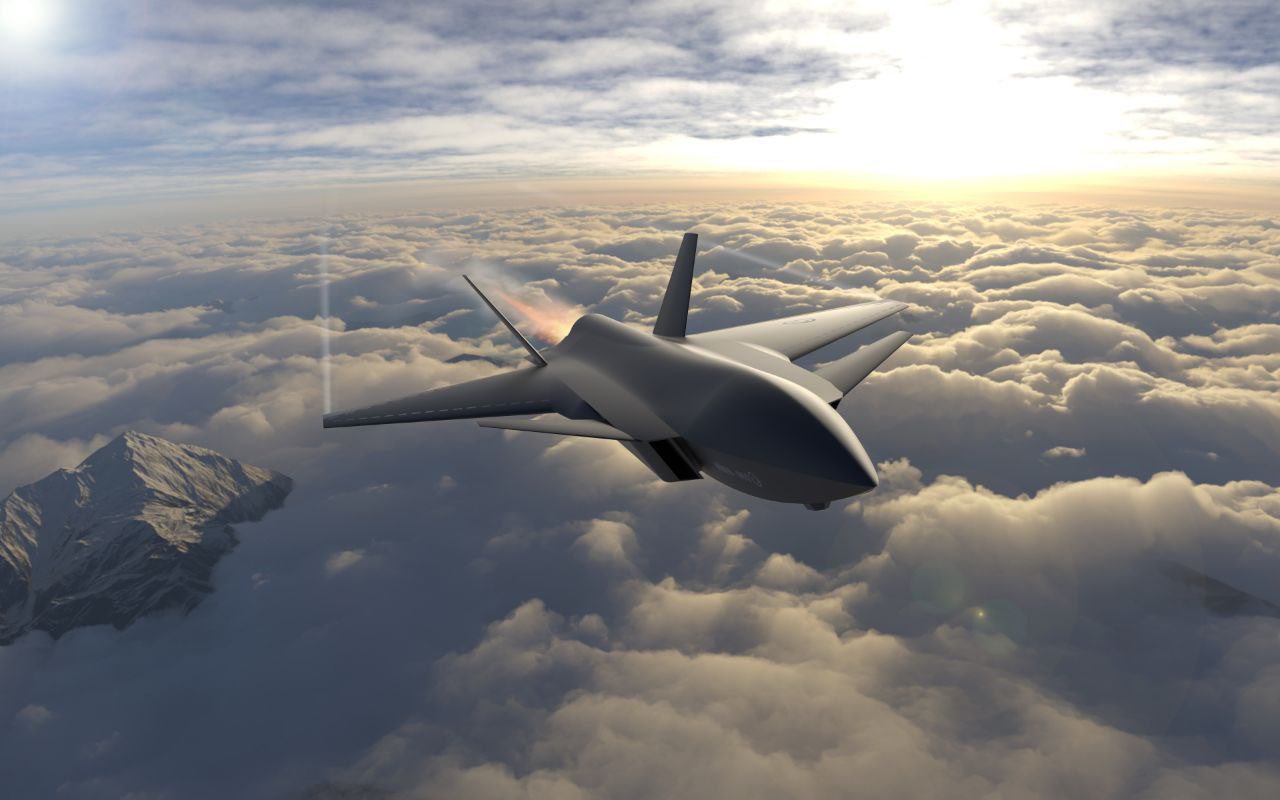In yet another display of indigenous tech, Bayraktar Kızılelma – Turkey’s unmanned combat aerial vehicle (UCAV) has etched another chapter in aviation history.
Developed by Baykar, the UCAV reportedly executed a simulated air-to-air engagement, locking onto a fast-maneuvering F-16 fighter at an impressive 30-mile range before scoring a virtual direct hit.
This test, conducted alongside Turkish Air Force F-16s, highlights Kızılelma’s readiness to redefine modern aerial combat by seamlessly integrating indigenous radar, missiles, and data systems.
Launching from the AKINCI Flight Training and Test Center in Çorlu, Tekirdağ, Kızılelma soared for 1 hour and 45 minutes at an average altitude of 15,000 feet, pushing its cumulative test flight hours beyond the 55-hour mark.
Two F-16 fighter jets belonging to the Turkish Air Force participated in the “Bayraktar KIZILELMA – GÖKDOĞAN Armed Flight and MURAD AESA Radar Performance Test.”
One of the F-16s performed close formation flying with Bayraktar KIZILELMA, demonstrating the platform’s compatibility with manned fighter aircraft, while the other F-16 acted as the “target aircraft”.
Bayraktar #KIZILELMA PT-5 ✈️🚀🍎
✅ GÖKDOĞAN Munition Linked Flight Test & EOTS–Murad AESA Radar Performance Test#Baykar 🤝 @Aselsan 🤝 @SageTubitak#NationalTechnologyInitiative 🌍🇹🇷 pic.twitter.com/yxKihysCxu
— BAYKAR (@BaykarTech) November 18, 2025
At the heart of the test was the MURAD Active Electronically Scanned Array (AESA) radar, a homegrown tech developed by ASELSAN. Operating in real-world conditions, MURAD pierced the skies to detect the target F-16 at 30 miles, initiating a precision lock-on.
This capability not only highlights the radar’s excellent tracking and velocity assessment but also paves the way for Kızılelma’s role in beyond-visual-range (BVR) engagements.
The climax unfolded as Kızılelma unleashed a simulated electronic launch of the Gökdoğan BVR air-to-air missile, developed by TÜBİTAK SAGE and slung beneath its wing.
It relayed live target coordinates, position, and speed data via a robust data link to the missile. The result? A simulated direct hit that neutralized the F-16 in the virtual arena – a critical validation of end-to-end weapon system synergy.
Unlike traditional drones, this Turkish UCAV boasts a low-observable design, AI-assisted autonomy, and supercruise capability, enabling it to penetrate defended airspace and engage high-value targets such as enemy fighters and AWACS platforms.
By simulating an F-16 shootdown, Turkey demonstrated that its indigenous tech can hold its own against global heavyweights. Future iterations may integrate even deadlier payloads, such as the SOM cruise missile, amplifying its strike radius to 1,000+ kilometers.

Earlier, as EurAsian Times reported, in an interview, the Chief Technical Officer (CTO) Selcuk Bayraktar said that Turkey’s Kizilelma supersonic unmanned fighter jet would outperform the American F-35 and “will be a challenge” to fifth-generation jets.
“We plan to produce a supersonic version of an unmanned fighter. Kizilelma will revolutionize aviation; it can be used in aerial combat against classic combat aircraft. Perhaps, after the drone’s first flight, it would be wrong to compare it with aircraft used in many countries, but when it is fully ready, it will surpass the same F-35 in several respects,” Bayraktar claimed.
He added that the Kizilelma is a fifth-generation fighter, just like the F-35, but the one key difference between the two aircraft is that the Kizilelma is piloted remotely.
By ET Online Desk




